Enceladus, Brumaire 13001, postcode Saturnus
Mijn liefste Miranda,
Continue reading
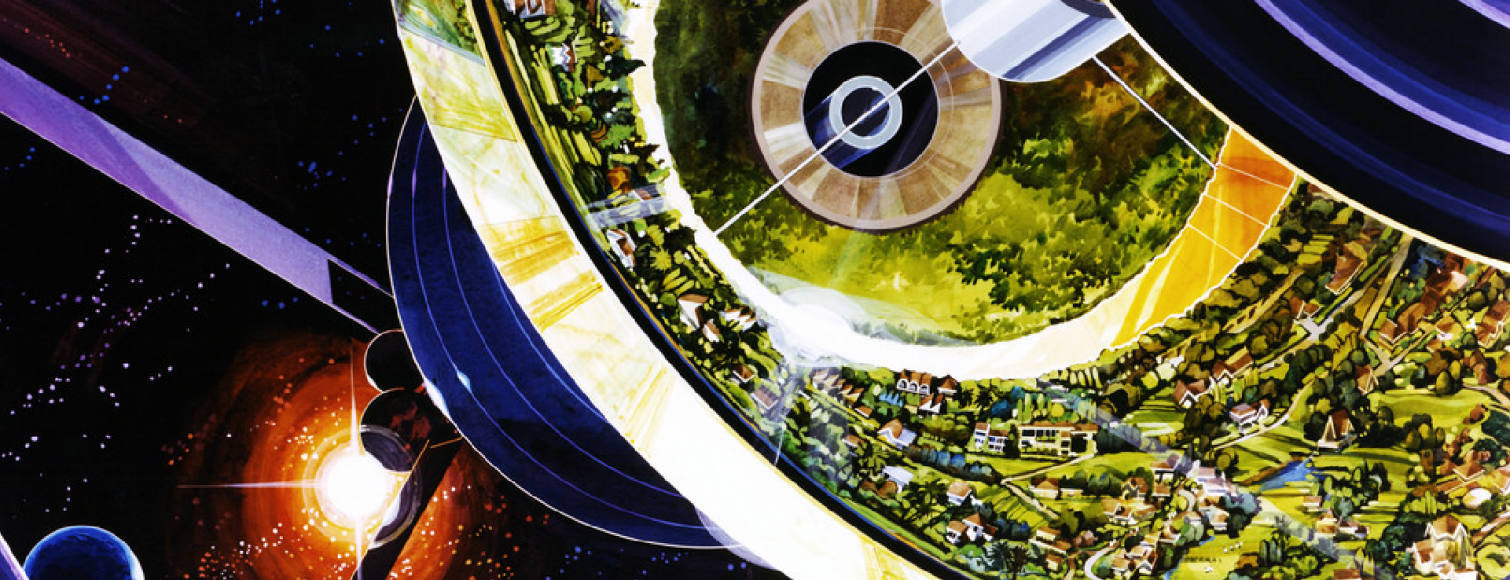
Enceladus, Brumaire 13001, postcode Saturnus
Mijn liefste Miranda,
Continue reading

It’s 9am on a Monday morning, and my blood is already boiling. The reason? Rush hour traffic. I almost got mowed down on my bike, together with my kid, by a driver who was in a hurry to bring his own kid to school. It’s the kind of moment that’s over in a flash, with rage and fear and a feeling of powerlessness that’s hard to channel. I yelled at his car, he probably didn’t hear me. Life goes on.
We all know there’s plenty of other issues to be angry about, not just on a daily basis but on a permanent basis. How do you deal with your thoughts and feelings about climate change, racism, gender inequality, housing, inflation, wars, politics, farmers, Trumpism, and so on? Are you angry all the time? Fearful, disappointed? Ready to give up? Or ready to fight for what’s right?
In spite of my own feelings, like most people I don’t really do protests. I’ve been to a few, out of anthropological curiosity mostly. I’m curious about the people who do stand up and say something. Who demand change. They seem to be in the minority, especially in a place like Delft. But they are there. I’ve been to some of the Extinction Rebellion highway blockades in Den Haag. And I dropped by the climate change protests organized by End Fossil LU/TUD, most recently last week at the faculty of ME. There were only a few dozen people in attendance, on a campus of tens of thousands of people, but they were there, enacting their right to protest.
What’s interesting to know is that they are hardly the first to speak up in Delft. Don’t be fooled by the superficial silence on campus. University historian Abel Streefland has been digging around in the archives and discovered the earliest mention of a student protest in Delft was way back in 1861 (the university was founded in 1842). If you want to know more about it, next week Abel is going to walk us through more than 150 years of issues, activists, and consequences in a mini-seminar on the history of activism on the TUD campus.
Personally, I’m quite curious what kind of issues have made people’s blood boil over the decades. Sure, climate is a hot issue now. Student housing has always been important. But what else? War, nukes, colonialism, immoral technologies…? I have no idea. Join me next Thursday and we’ll find out. And after we’re all up to date on the past, we can talk about what makes our blood boil today, and what we should do about it. Is activism the way? If not, what then? But if yes, then how?
In the meantime, my traffic anger issues are abating. I’m chill. Work here is awesome, and there’s never anything to complain about, let alone to protest over. Hahaha. Never 😀
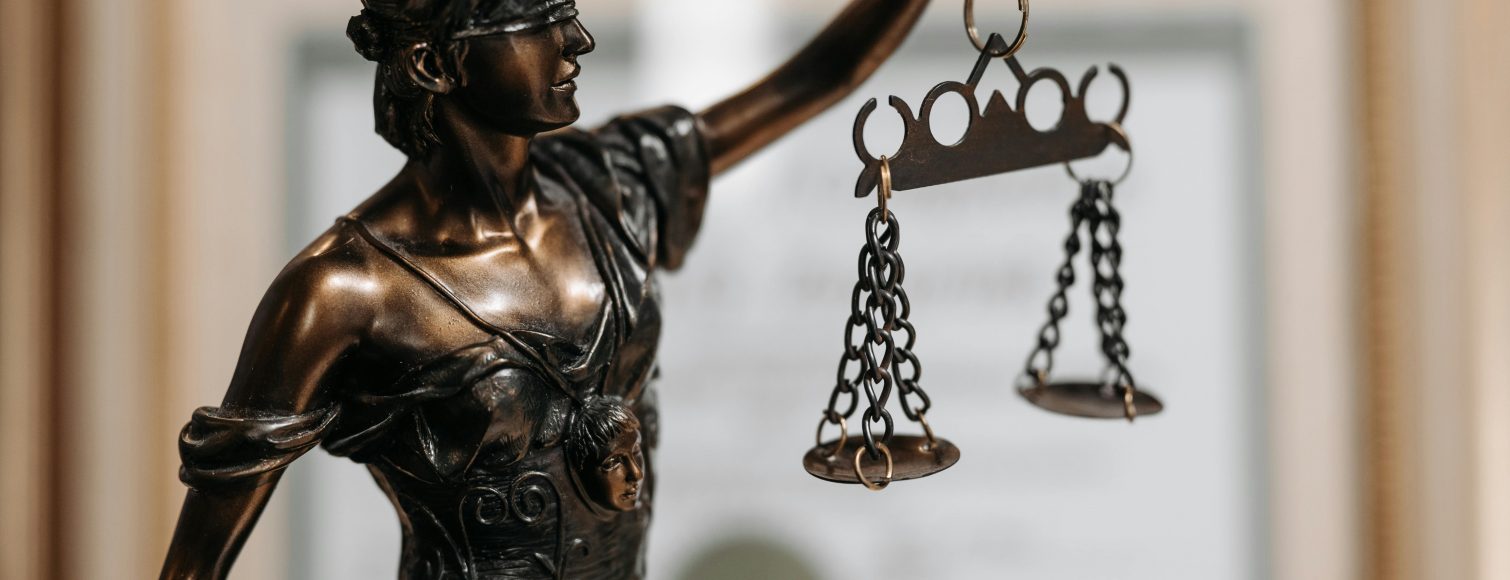
I felt from the start that it was important for Studium Generale (SG) Delft to host an event on the Gaza conflict. There has been a good deal of debate within our own team about whether it is worthwhile to do so. Throughout its long history, SG has seen plenty of controversial, uncomfortable, and sometimes even ill-advised events. So what made us decide to go ahead with this particular idea, to focus on the legal dimensions of the Gaza conflict?
Now, we are co-hosting with Begüm Sari from ESP Delft, who has her own perspective and motivations, and I am also working alongside the Head of SG, Leon Heuts. But I wanted to write this article to give a personal insight into the debate that goes on behind closed doors, and also to provide my answers and motivations to some of the questions that were raised.
“What makes an event on an active military conflict typically SG?”
War touches on moral issues that are fundamental to SG’s reason to exist. We provide students and other guests with the information, skills, and motivation to get involved in urgent societal problems.
In the aftermath of the Second World War, every university in the Netherlands was tasked with founding a Studium Generale, because the majority of students had accepted the demands of the Nazi regime. The conclusion was drawn that Studium Generale was required to foster ethical community-building.
Events that centre around human rights, war, and other big themes give students the opportunity to learn about themselves, about the world, and their own position. By articulating your opinion and learning from others, you can build a foundation on which to enter into public debate. Building your critical skills and resilience prepares you to become politically active. Facilitating this process is a key responsibility for SG.
“We need to offer visitors a broader perspective. Why is there war? How do these types of conflicts arise? Why won’t they stop?”
By taking such a distant vantage point, you do not reach objective truth, but merely take the sting out of the discussion. Ethics does not exist in a vacuum. Yes, we do host discussions where you can reflect and make connections. But you also need to exercise your judgement on concrete matters.
“Why not have a discussion about non-violent communication, instead?”
Because violence does exist. Of course we want to turn our students into ideal citizens who will never start a war or send a threatening tweet. It goes without saying that SG is non-violent. I am in fact helping a colleague to organise an workshop that focuses on good conversation skills. It’s not an either-or situation. Being committed to non-violence doesn’t mean you are unconcerned with violence; quite the opposite.
“Will this be another history lesson about the conflict? What is the added value?”
First of all, many students have not had that lesson in full. Part of our audience has unfortunately seen this conflict play out over decades. However, this is not the case for everyone. A younger, international audience has a very different knowledge base and may appreciate more context. Speaking purely for myself, there is a lot I don’t know about the history, politics, and geography of the region.
Secondly, our audience will now learn from experts in an academic context. They will get to pose questions and meet other interested audience members.
Third, my ambition was always to focus primarily on the present day – with a view to the future. For this particular event, we are focusing on the legal dimensions of the conflict. We will examine the court cases that are happening in real time and ask what the international community can and should do in times of war.
“Why not organise a true public debate?”
This is still unresolved in my mind. In an ideal world, perhaps we would organise a balanced debate with representatives from many sides and encourage the whole audience to join in. Unfortunately, we believe the conversation would devolve into the repetition of entrenched positions. It could even become disordered and pose a risk to the safety and wellbeing of the participants. Nevertheless, we will continue to weigh up risks and benefits. SG will always look for the format that best serves our audience. Sometimes that means testing on a small scale, or starting out with a setup that restricts audience participation. My hope is that the atmosphere will be productive and offer a foundation for future events.
Intrigued? Come be a part of it!
I look forward to meeting you and hearing your thoughts on the night. Whether it is through Mentimeter, questions to the panel, or over drinks afterwards.
The Law of War: Israel and Gaza
February 29, 2024, 17:15 – 19:00, TU Delft Library, Orange Room
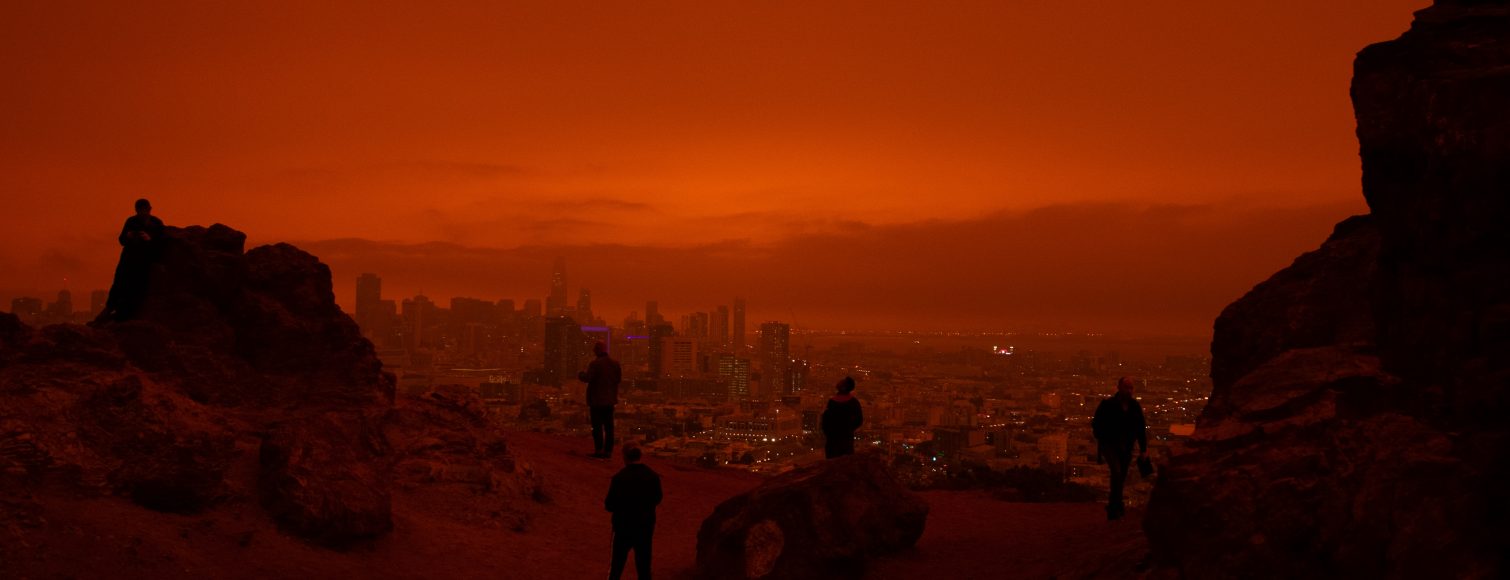
nwe corridor_auto time stamp 12.02.64_05.37
sender ls_id123221212
My dear kids,
It’s been awhile since we’ve talked, but I’ve quietly followed your digital chatter to keep abreast of where you all are. Let me first say: I am so proud of all of you.
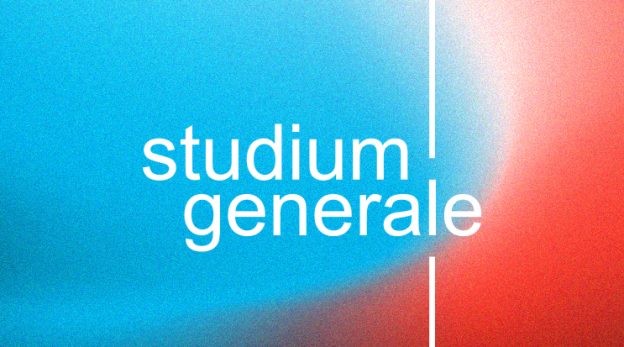
Can colour – especially the combination of colours – have meaning? That is a key principle of Studium Generale’s new style. Historically, it’s a point of contention between physicist Isaac Newton and poet, scientist, and philosopher Johann Wolfgang von Goethe. Newton approached colours objectively and measurably, considering their place in the spectrum and corresponding wavelengths. Goethe, on the other hand, explored the experience of colour – how we perceive it and the emotions it evokes.
The new direction of Studium Generale aligns with a new style and colour palette, emphasizing contrast and connection. This reflects the complexity of our interconnected world, where actions have consequences beyond ourselves. Studium Generale values intersectionality and multidisciplinarity, emphasizing the interplay between ecology, philosophy, science, and technology, as well as living harmoniously with diverse people and lifestyles. The chosen colour style contrasts yet forms connections, embodying a tactile materiality that acknowledges the world is meant to be felt, not just understood.
Learn more about Studium Generale’s new mission here. Join us on Monday, February 19 at 12:45 in The Nook of the TU Delft Library, for a small rebranding celebration, where you can play with colours and receive delightful goodies like stylish tote bags featuring our new logo!
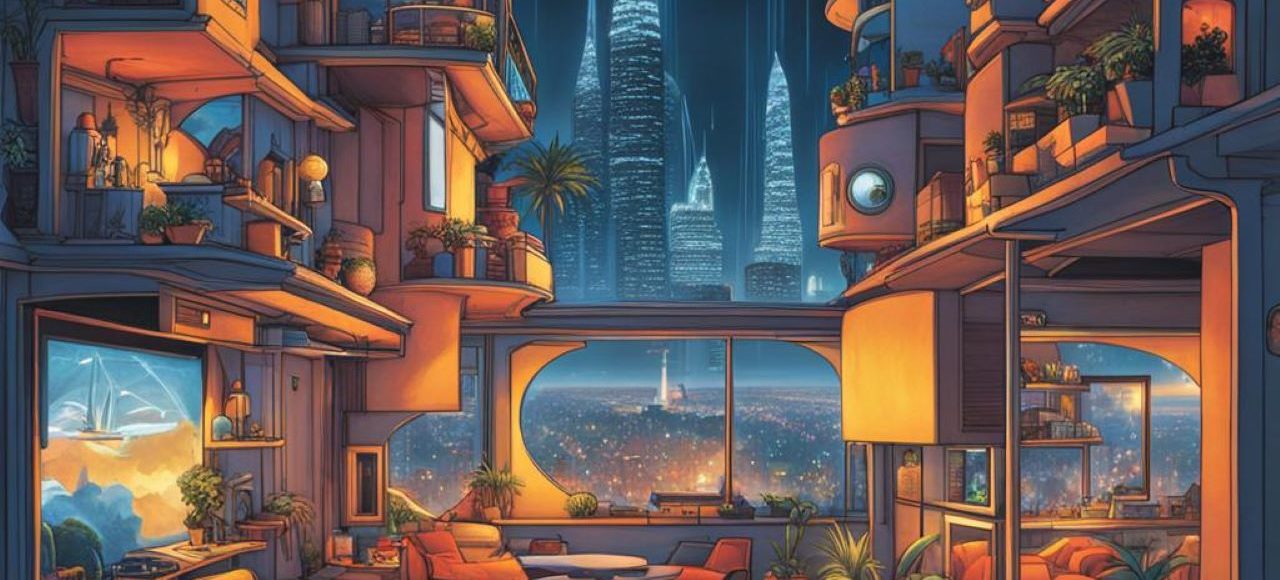
Rotterdam-Den Haag, district 5
14 oktober 2072
Mijn lieve Alexandra,
Kun jij je nog herinneren dat we berichten aan elkaar verstuurden via de telefoon?
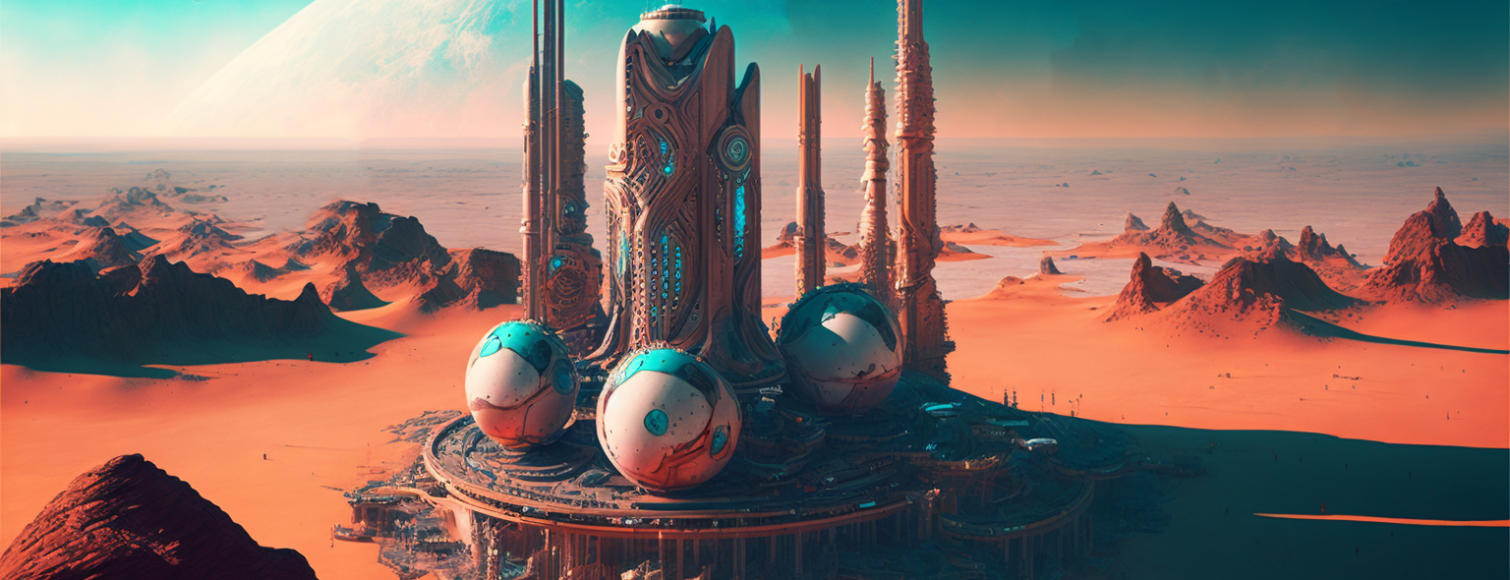
Ever wonder what it would be like to live in a different time? This is your invitation to picture yourself in the future.
Some Simple Rules of Play
You Decide!
It’s all up to you! The point is to imagine what society looks like in the future, and to share your vision with others.
Some Questions to Help You Get Started
Where to Send Your Letter
You can mail your letter to sg@tudelft.nl – but it doesn’t end there. At our For Love of the World Festival, the letters will be put on display for everyone to read.
Not Sure What to Say?
We’ve got you covered! On the 13th of March, we are hosting a creative future letter-writing workshop. Sign up here!
Want to Read an Example?

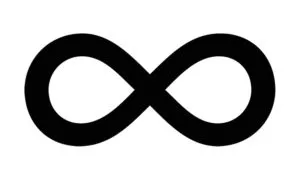
DISCLAIMER: the following content is not the product of a living human person. It has been produced exclusively for entertainment purposes by Meta Living. No legal rights can be derived from endowments in this letter. Any resemblance to real persons, living or dead, is purely coincidental. Copyright lies exclusively with Meta. By receiving this letter, you agree to the Meta Living Terms and Conditions.
Dear Charelle,
Bet this wasn’t on your bingo card for 2124. In case the black Meta logo wasn’t enough of a giveaway – yes, I am writing because I am dead. The doctors managed to hook my brain up to Meta’s latest prototype and wring enough lucid thought out of my fading consciousness to produce this letter. Being totally frank, it’s about 75% my brain activity, 15% AI based on their data on my historical online behaviour, and 10% plain old predictive texting. But I – what remains of me – reckon you deserve for the attempt to be made.
Preliminaries aside, I want you to have full custody of the kids. My bitcoin of a mother will not make it easy. When she brings up your criminal record, tell her that I opted into Meta’s Post-Living Analysis and that you know about my ancestry. She will know what it means. She and dad may have lived in different biodomes for the last decade, but her Universe Plus Income depends on his diplomatic stint on Mars. He can 🔪her off whenever he wants. Mum from Mars Reunites with Heartbroken Hubby – You’ll Never Guess What Happened Next!
Only one thing left to say. I didn’t sign up to this cold prototype to 🐀 on my bitcoin of a mother. I never forgave you for what you did in Belize. That’s not what I mean. It’s cold. Quack-tastic Friendship: Adorable Encounter.
No – Charelle. My life was a joke without you. Why did you pick him of all people? Six Curious Puppies Meet. Sex with you makes me want to throw up. Charelle. Where am I going? I never loved you loved this service, click like and subscribe! I am glad I am dead. Loved anyone else. 💓
Kisses kisses cold kisses xxx
If you enjoyed this letter please leave a five star review!
Meta Living brought you this Last Letter from: Michel du Plantier
Wondering how and why we are receiving a letter from the future? Keep an eye on this site. You might even find yourself writing one…

Thinking back on it, I’m pretty sure this was the first time a dildo and a fleshlight were put on display in the TUD Library. And if not, it must at least have been the first time they were put on display in full coital embrace. How did the TUD community react to this shocking display?
At the start of Q2, some of us at SG were slightly nervous about unveiling this new artwork for the theme “Intimacy & Technology.” It was a bit racy, maybe even a bit vulgar to the unprepared eye. So in consultation with the artist, we hid it behind a big black curtain and put up a sign with a trigger warning.
Did you happen to see the art installation? If you did, you can’t have missed the realistic dildo and the fleshlight locked together in an intimate act. They were part of a commentary on how social media and dating apps reduce us as people, even down to our basic genital functions. There were also brilliant sketches and a mirror effect to show how this reduction and isolation work in our lives. But of course, the sex toys are what stick out (or in, as the case may be. Or is that too vulgar? I’m trying to be inclusive here).
Some colleagues were afraid we’d receive critical comments from higher ups. But in fact we received no comments or complaints at all. To be sure, word definitely got around in various app groups. Some adventurous visitors even felt compelled to fiddle around with the true-to-life naughty bits and gave them different poses before we put a lid on the display. (Honestly, the thought of touching someone else’s sex toys is a bit off putting. That’s someone else’s intimate technology, you know what I mean? But, whatever floats your boat). On the whole, though, the response was pretty well-behaved. This shouldn’t have been a surprise: after all, it was an art installation, not a hardcore porn expo. And even if it had been the latter, this generation has already seen a thing or two on Pornhub.
Why did we program this theme? No, dammit, not the theme of sex toys; I mean the broader theme of intimacy and technology. It’s because SG believes that the way we reflect on technology, especially here at the TUD, is crucial to becoming more self-aware of the world we’re creating together. And reflecting on what tech means in our lives, in our ability or inability to connect, to find friendship, love, and pleasure, is perhaps most revealing of all.
As always, each conversation, movie, panel discussion etc in this theme brought together different people with different perspectives. Instead of sharing all those thoughts with you, I’d like to leave you with a question to think about for yourself, so that you can continue the conversation at home. The question is this: when is a tool not just a tool?
We don’t just use tools to connect to others. We connect with the tools themselves too, even if we don’t see it that way. Considering the fact that most of us spend more time with certain machines than we do with the important people in our lives, how do you treat your machines? Do you treat them as well as you do your friends or your pets? What place do they have in your mind, your heart, and your personal sphere of connections? And finally, once all these machines become powerful, autonomous agents in the prophesied Singularity event, what will they have learned from you about how to treat others?
Remember: Alexa, Siri, and Google Assistant are always listening and learning, learning and listening. There’s nothing more intimate than that.
And on that note, please check out our topic for Q3, as it will pick up from here with more penetrative thoughts and the warm embrace of a truly Posthuman perspective. As for the dildo and the fleshlight, they will retire from public life and start a new journey in private hands. We wish them all the best.
Klaas P van der Tempel, program maker SG
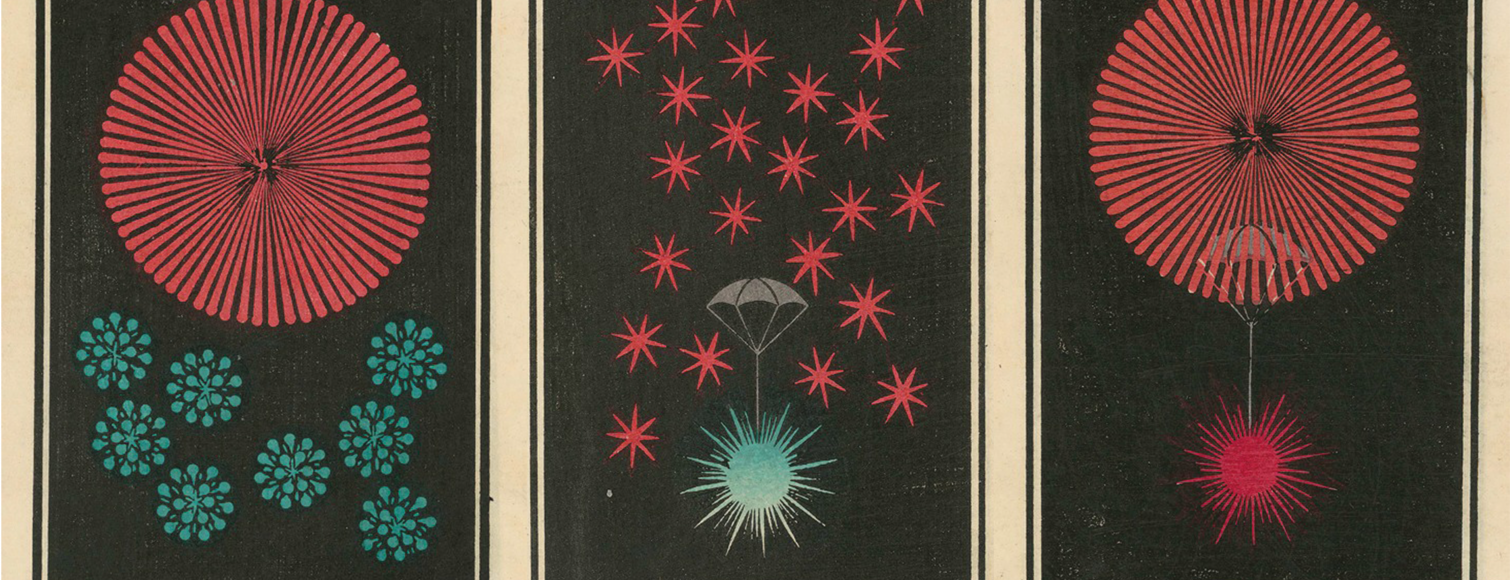
Who among us is concerned about tomorrow, next week, next year—or ten years from now? So
much is happening in such a short time that it’s difficult to chart a life path. Where will new
technologies like AI or biotechnology take us? Will I ever be able to buy a house? What does climate
change mean for my future? Am I living too much in a bubble—do I still understand what people say
who are frustrated and feel unheard? What does it mean to live in such a turbulent time, to form
relationships, have children? How do I view geopolitical conflicts? Should I still eat meat? What
should our cities look like, and how do we relate to the provinces? Should borders be closed or more
open? Should I be afraid on the street because of how I look, or whom I love, even if it doesn’t
conform to the norm? And so on for a while. Big questions that simultaneously demand answers in
daily life.
Studium Generale wants to be a mirror to the university—but is also a mirror of the times.
Traditionally, autonomy and critical reflection are important values for SG, but in this time—where
everything seems connected and changes rapidly—we believe it’s important to explore what it
means to live in a complex field where everything appears to be interconnected. All these changes
especially show how dependent we are on our environment—think of the climate—and that the
actions and choices we make have consequences beyond ourselves. Should we, for example, buy
clothes without knowing how they are made?
Dealing with complex social and political issues daily, it is important for us to stay open and engaged
in our activities. To ensure this, we worked hard this year to integrate these elements further into
our organisation. We have rewritten our mission and vision statements, adding both intersectionality
and multidisciplinarity to the core of our ambitions. Reflecting on the interplay between ecology,
philosophy, science, and technology is important, but also how to live together with a great diversity
of people and lifestyles.
As a group, we are committed to not only staying open to each other but actively reaching out to the
diversity of people at TU Delft and in the city. For our work to reach the level of relevance we are
aiming for, we need to do this together, with you.
To do so, quite a few things have changed over the last year. We have introduced the Nook, a place in
the Library main hall to get together and share thoughts, discuss, and connect. Part of the Nook is
also the three new exhibition pillars, where everyone can engage with the ongoing program in
different ways, and where we bring together art and programs. We have also launched the
preparation for a festival, taking place in March, that centers on the topics of intersectionality and
multidisciplinary, both on a very small scale and a very large scale. The festival is called For Love of
the World—because precisely this time does not call for withdrawal but for loving engagement.
Finally, we have started on a new visual identity that expresses these changes to the world in an
exciting, new way. This goes hand in hand with the development of a new website, which is also
becoming a place to share thoughts and discuss.
Not only the holidays are a good time to reflect; reflection can also be integrated into your daily
activities. For us, it was planned, co-created, and organised, leading to the exciting results that we
can’t wait to share with you next year. It is now time to recharge with friends and family, so we’ll be
able to make up for the promises that we made to ourselves, each other, and to you.
Have a good break and see you next year.
Leon Heuts, head of Studium Generale TU Delft